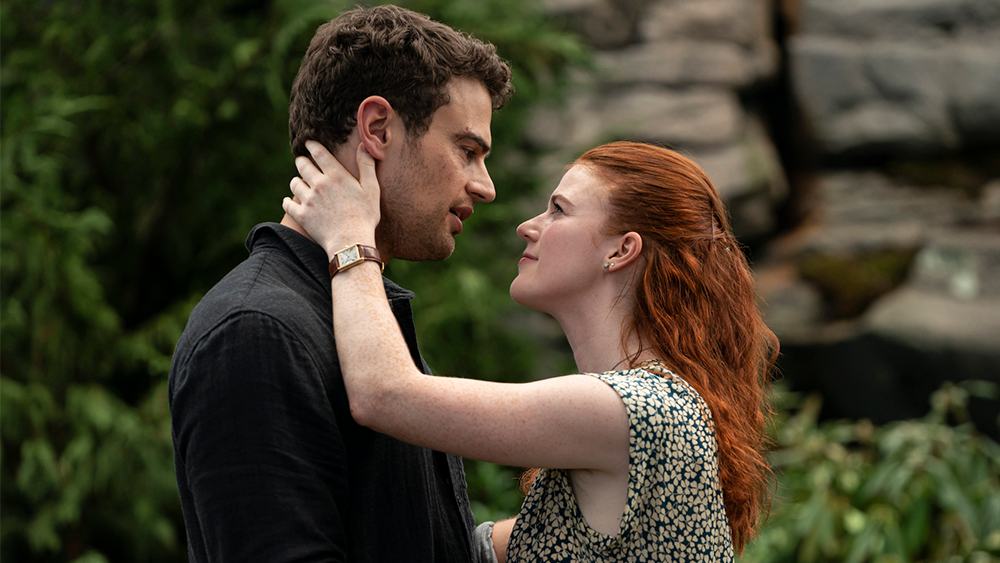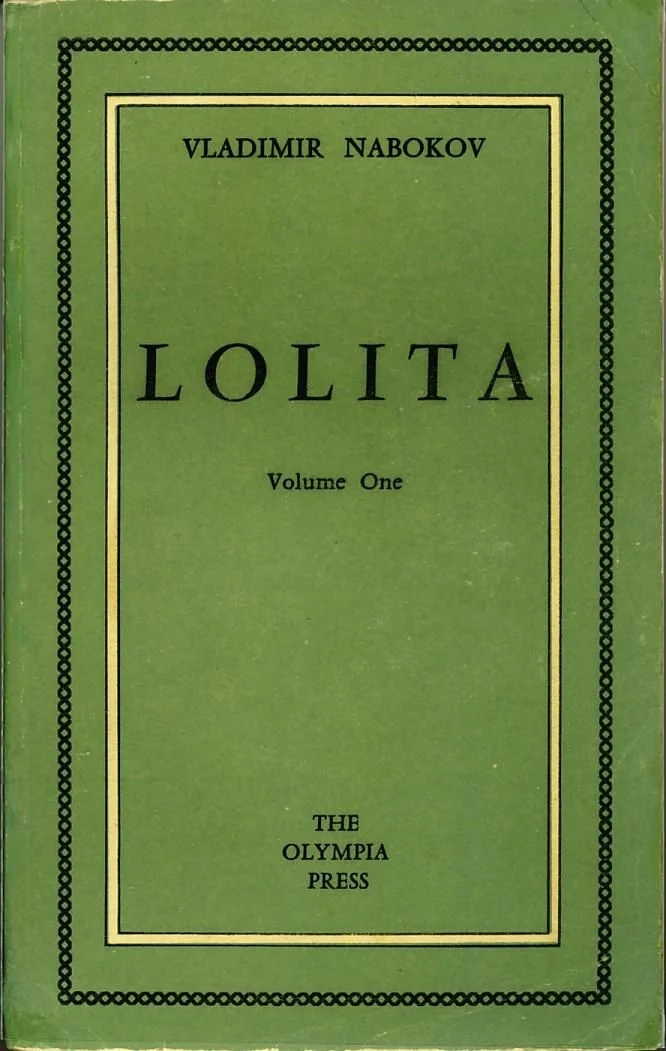Audrey Niffenegger’s novel The Time Traveler’s Wife gained critical acclaim for its emotional complexity, nonlinear narrative, and genre-defying blend of romance and speculative fiction. When it was adapted into a feature film in 2009, expectations were high. But translating a story structured around involuntary time travel and intimate personal loss into a traditional cinematic format brought both narrative limitations and opportunities for visual storytelling.
While the film adaptation captured the core relationship between Henry and Clare, it inevitably left behind significant portions of the novel’s internal depth. At the same time, the visual medium allowed new ways to evoke emotions and represent time displacement, resulting in a mixed but meaningful reinterpretation of the source material.
Structural compression and the loss of narrative intricacy
One of the most noticeable sacrifices in the film adaptation is the intricate layering of time found in the book. The novel’s structure constantly shifts between different versions of Henry—from ages five to forty-three—and intertwines those with Clare’s linear growth. The story is told in alternating first-person perspectives, providing emotional nuance and insight into each character’s inner world.
The film streamlines this structure for clarity, eliminating many of the nonlinear overlaps. It focuses primarily on Clare’s adult life and her interactions with one or two versions of Henry, most notably the older and middle-aged versions. As a result, the complexity of their interwoven timelines is significantly flattened.
What was lost in the transition to screen
Several elements that gave the novel its narrative and emotional richness were left behind in the film adaptation. These include:
- Clare’s childhood perspective: In the book, Clare meets Henry when she is six, and their meetings continue into her teens. The dynamic—an older man speaking with a young girl about their future relationship—creates both tension and philosophical ambiguity. The film minimizes these early meetings, avoiding potential discomfort but also omitting formative aspects of Clare’s identity.
- Character development of supporting roles: The book devotes significant attention to characters like Gomez and Charisse, exploring how Henry’s time travel affects his social circle. In the film, these characters are reduced to background roles, removing much of the interpersonal texture that helped define Henry’s present-day world.
- Exploration of grief and trauma: The novel spends substantial time with Clare as she waits—sometimes years—for Henry to reappear. Her loneliness, longing, and quiet anger are central to her character arc. These emotional subtleties are condensed in the film, which emphasizes the romantic over the psychological.
- Scientific and genetic exploration: The book dives into the pseudo-scientific explanation behind Henry’s condition, including a geneticist’s research and the suggestion that time travel might be inherited. The film simplifies this into vague medical references, removing speculative depth.
These omissions were likely necessary for runtime constraints, but they reduced the philosophical scope of the original narrative.
What was gained through visual storytelling
Despite what it left out, the film managed to use its medium to capture emotions that are difficult to express through prose. The visualization of Henry’s disappearances—his sudden vanishing and reappearance, often naked and vulnerable—adds immediate tension and realism to a concept that could feel abstract in text.
Several cinematic strengths enhanced the narrative:
- Emotional intimacy: Through expressive performances by Eric Bana and Rachel McAdams, the core love story gained immediacy. The looks, silences, and physical closeness between Henry and Clare often conveyed what pages of prose did in the book.
- Symbolism in cinematography: The use of light, color, and seasonal shifts helped signal emotional transitions. Fall landscapes during moments of loss or golden-hour lighting in reunions created an emotional palette that reinforced the storyline without words.
- Continuity of aging: Visual aging effects and wardrobe design helped guide viewers through time without explicit dates. This was particularly effective in allowing the audience to sense the nonlinear structure without extensive exposition.
The film made several visual choices that, while different from the novel’s internal voice, added meaning in their own way.
Changes in tone and genre emphasis
The book sits at a crossroads between genres: speculative fiction, literary romance, and philosophical meditation. The film leans more heavily into romance and avoids some of the darker or more unsettling themes.
For example, Henry’s struggle with his condition—his repeated injuries, psychological stress, and fear of dying—are far more detailed in the book. The film softens this aspect, focusing instead on the tragic but gentle arc of their love story.
The ending offers another shift. In the novel, Clare waits for Henry for decades after his death, with a final glimpse suggesting they might meet again when she is very old. The film, however, concludes with a reunion when Clare is still young and raising their daughter, Alba. This change lends the ending a sense of hope that the novel intentionally leaves open-ended.
Audience impact and accessibility
The simplification of the narrative and reduction in character complexity made the story more accessible to general audiences unfamiliar with time-loop logic or speculative framing. However, fans of the book may have found the adaptation emotionally shallower or missing the thematic breadth that defined the original.
The balance between fidelity to the source and appeal to a broader audience is always delicate in adaptation. In this case, the film achieved:
| Gained | Accessible pacing, strong performances, visual emotion |
| Lost | Philosophical depth, complex structure, character nuance |
The enduring tension of adaptation
No adaptation can fully capture the depth of a novel that thrives on introspection and layered narrative. Yet The Time Traveler’s Wife demonstrates how emotional storytelling can survive—even thrive—when interpreted through a new lens.
The film’s portrayal of Henry and Clare’s bond distills the essence of their love while trading away layers of psychological and existential inquiry. It remains a moving depiction of impermanence and connection, despite what it omits.
Adaptations often demand a shift in storytelling language—from literary interiority to visual immediacy. In this shift, certain qualities are inevitably lost, but others emerge that couldn’t exist in prose alone. The Time Traveler’s Wife underscores that the impact of a story doesn’t rest solely in the details preserved, but also in the emotions stirred by its retelling.


